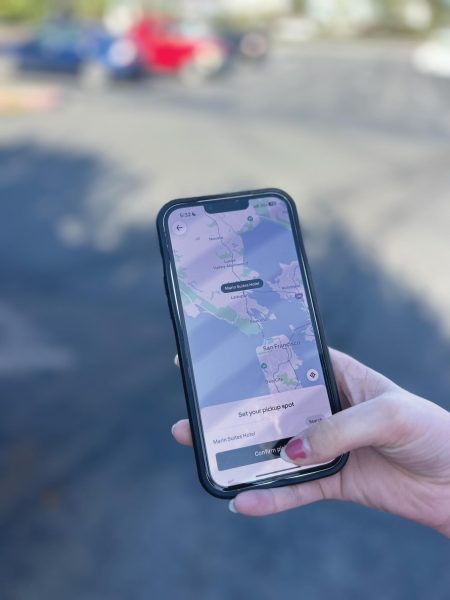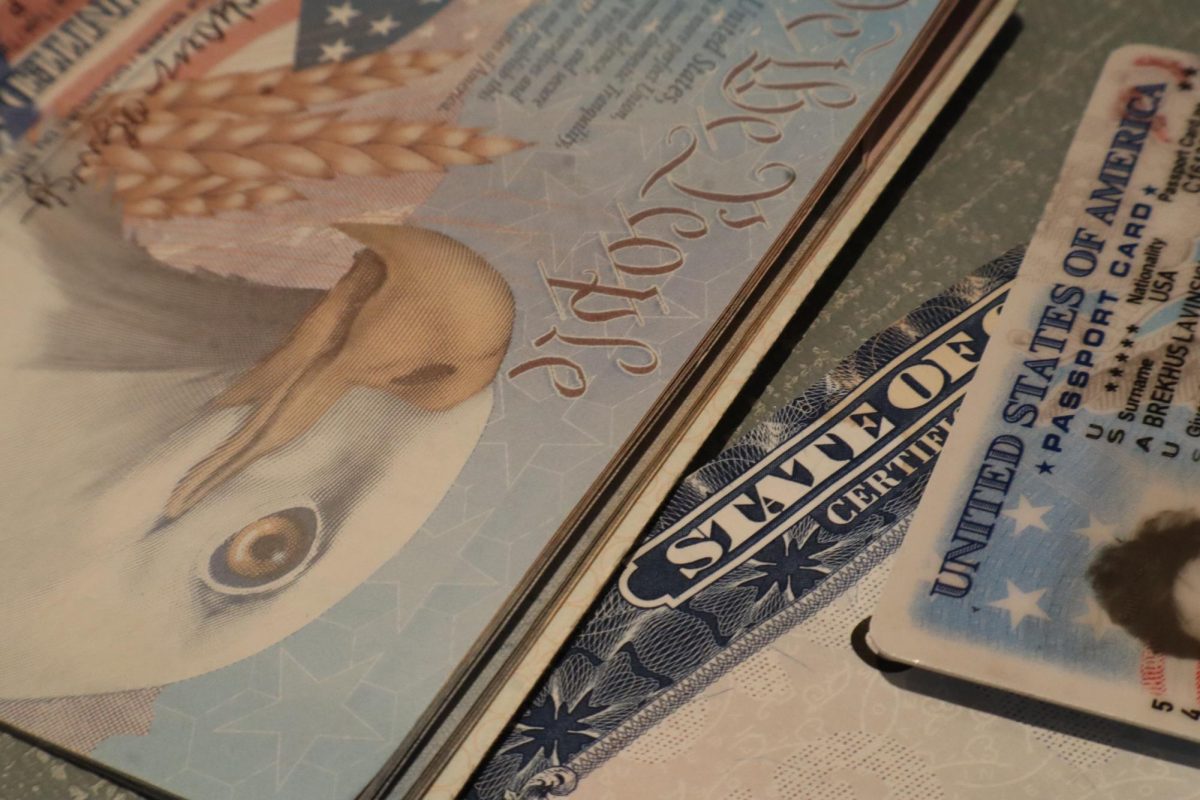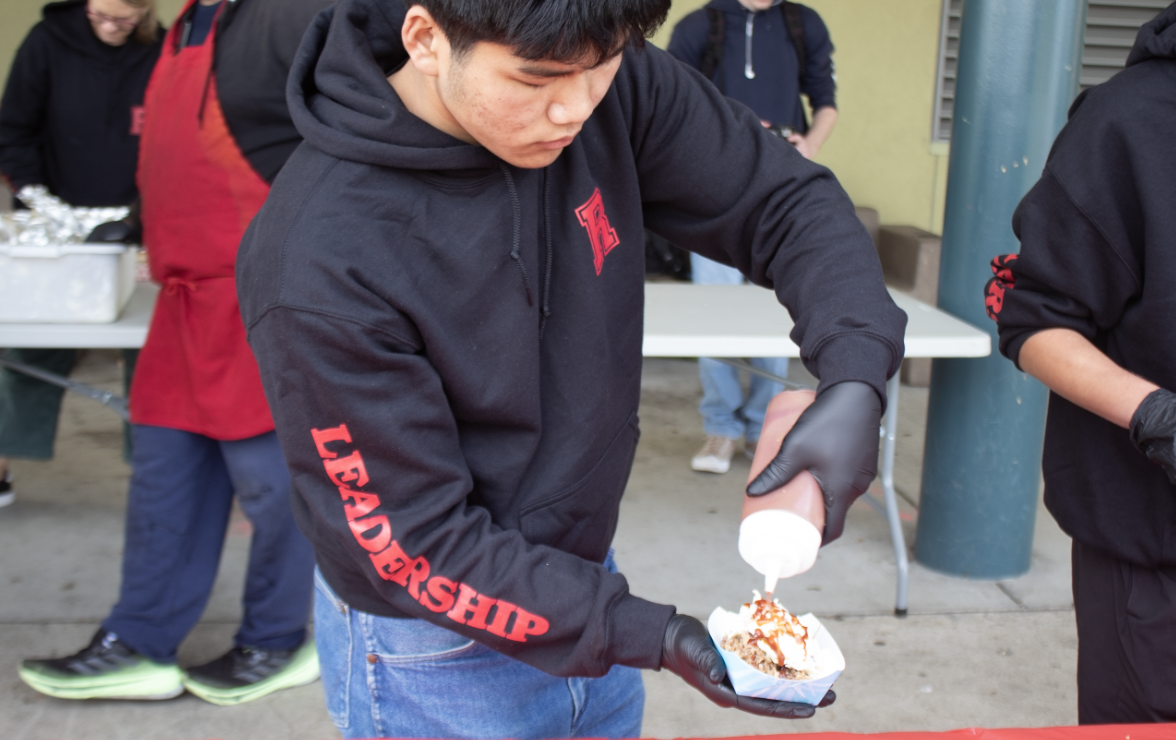On Feb. 29, Uber rolled out “Uber for Teens,” a new rideshare option that allows teens to take an Uber without a parent while allowing parents to track their children. This feature is already available in 257 cities throughout the United States and is coming to more soon. Uber for teens has specific safety features to ensure the well-being of teens while traveling as a passenger, such as access to only highly-rated drivers.
“Your teen will always be matched with highly rated and experienced drivers and couriers,” Uber stated on their website.
While Uber likely made this move to bring a new customer base onto the market, Uber driver and Redwood parent Charles Veley does not believe there will be a significant change in ridership.
“I think that teens in Marin generally take [Uber] anyway. They either have their parents’ account or their own account. I give teens rides all the time,” Veley said.
On the other hand, for sophomore Ava Brown, the new feature could open up a world of opportunity and bring a new, young customer base onto the market.
“I think Uber For Teens will [bring new customers to the market] because you can’t really set up your own rides unless you have a license, and your parents don’t want to drive you around. I think having Uber For Teens will be really helpful,” Brown said.
Uber For Teens also advertises safety features such as tracking and selection of highly rated drivers, but Brown already feels Ubers are the safest mode of transportation for unlicensed teens.

“I feel pretty safe, especially because I usually just Uber around Marin. I think I’d be a lot more scared if I was getting in a taxi, where they don’t have a 5-star rating.” Brown said.
While Brown and Veley disagree on the new feature, there is one matter they agree on.
As Uber attempts to make money by introducing new features, a tried and tested method of profit as seen with the introduction of Uber Eats, Uber drivers are unhappy with pay, leading to protests and strikes in many parts of the nation, as many believe Uber takes an unfair portion of ride fares. Some feel it is difficult to acquire a living wage working for the rideshare app.
“I understand Uber is taking more than 50 percent [of the fare] so in general of the money that I get, Uber would be taking more [than 50 percent] so I think I’m getting about 40 percent of an overall fare,” Veley said.
After hearing that Uber drivers only receive 40-50 percent of an overall fare, Brown realized pay might be unfair.
“I feel like [Uber wages] are not livable especially if [Uber] is taking half of the fare, and you’re not doing long drives or working for long periods.” Brown said.
In some eyes, the new Uber For Teens feature introduces an oasis of exploration for adolescents while retaining parents’ control. Opinions about the feature differ between those on both sides of the new feature, especially among Uber drivers who are unhappy with pay.





![“[The Scotty Lapp Memorial Skatepark signifies that] Scotty’s energy, fun vibes and spirit will live on forever,” Jason Lapp said.](https://redwoodbark.org/wp-content/uploads/2025/03/346E3938-2C25-4CBB-9D6B-0ED4BD4A242A_1_105_c.jpeg)

